In industries like power generation, food processing, textiles, and petrochemicals, steam demand is often constant, requiring boilers to run around the clock. Many operators worry whether continuous operation will damage the boiler, reduce efficiency, or increase failure risks. Without a clear understanding, plants may either overspend on backup systems or compromise reliability.
Yes, industrial steam boilers are designed to run 24/7 continuously as long as they are properly sized, maintained, and operated within design limits. High-quality boilers can sustain uninterrupted operation for weeks or even months, provided that routine blowdowns, water treatment, and monitoring are performed. To ensure safe long-term performance, auxiliary systems such as feedwater treatment, fuel supply, and automated controls must also operate reliably. Scheduled shutdowns are usually planned for inspections, cleaning, and major maintenance, not because the boiler cannot handle continuous use.
This makes industrial boilers suitable for mission-critical operations requiring stable steam output without interruption.
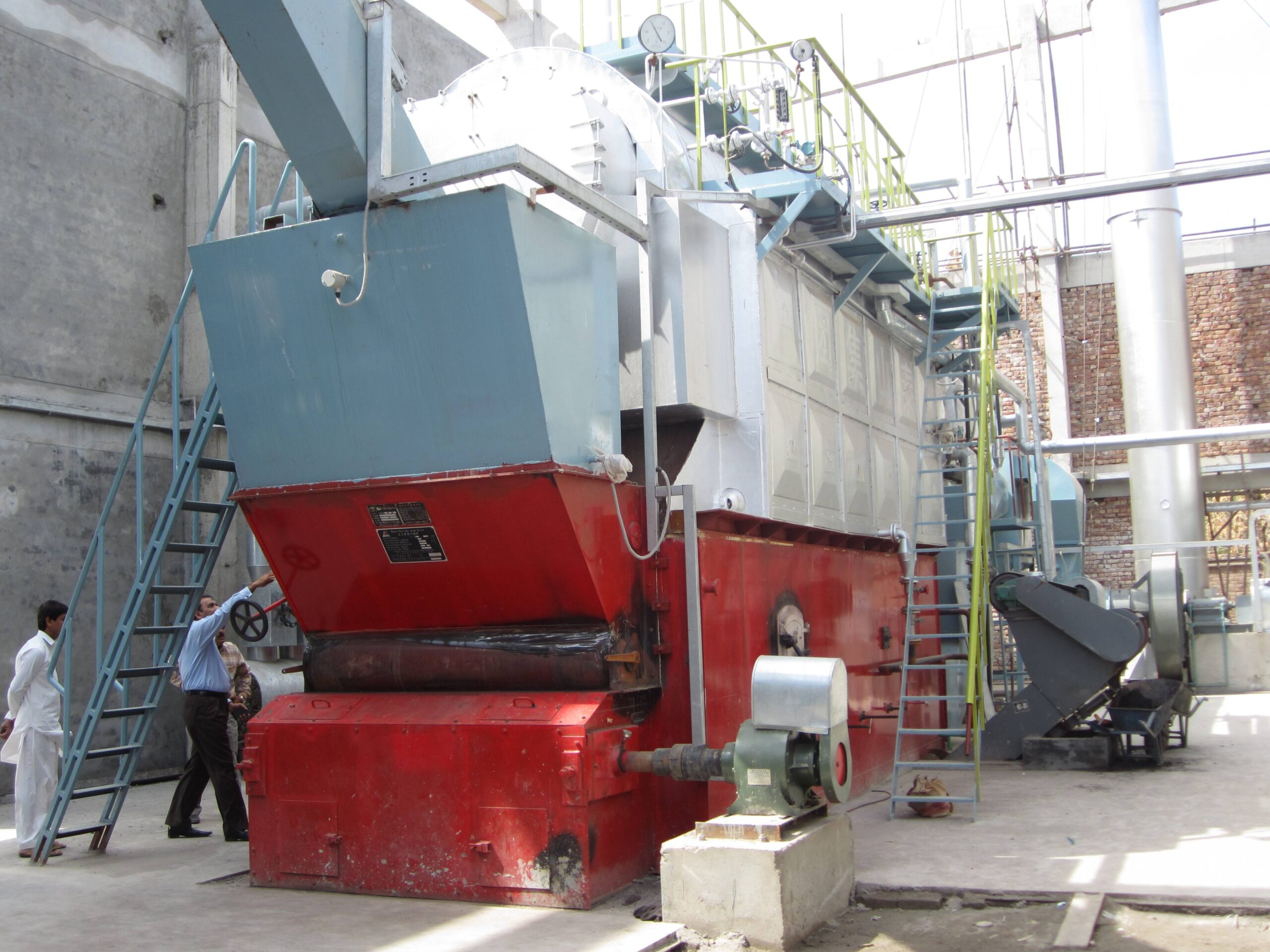
What Design Features Allow Industrial Steam Boilers to Operate Continuously?
Keeping an industrial steam boiler running around the clock requires more than just fuel and water—it relies on smart design features that ensure efficiency, reliability, and safety under heavy workloads. If these features are missing, unplanned shutdowns can lead to costly downtime, production losses, and even safety risks. Fortunately, modern boiler design includes specific technologies to support continuous 24/7 operation.
Industrial steam boilers are able to run continuously thanks to design elements such as high-capacity feedwater and fuel systems, automatic control and monitoring devices, redundant safety mechanisms, and robust materials that withstand prolonged thermal stress. These features collectively maintain stable pressure, temperature, and steam output without frequent interruptions.
For buyers, understanding these design aspects is crucial—because choosing the right boiler directly affects production reliability. Below we outline the most important features that keep industrial steam boilers running non-stop.
🔹 Key Design Features for Continuous Boiler Operation
| Design Feature | Function | Benefit for Continuous Operation |
|---|---|---|
| Large Steam & Water Drum | Provides reserve capacity | Stabilizes pressure and prevents dry-out during load swings |
| Automatic Controls (pressure, temperature, water level) | Adjusts firing rate and feedwater | Maintains steady steam output with minimal operator input |
| Redundant Feedwater Systems | Dual pumps or standby units | Ensures water supply never fails, even if one pump stops |
| High-Quality Burners with Modulation | Adjusts flame size to match demand | Improves fuel efficiency and prevents cycling |
| Robust Tube & Drum Materials | Designed for thermal stress and corrosion | Extends service life under continuous heat |
| Continuous Blowdown & Water Treatment Integration | Removes dissolved solids | Prevents scale, corrosion, and carryover during long runs |
| Safety Devices (pressure relief, low-water cutoff, flame safeguards) | Prevents dangerous conditions | Ensures protection without frequent shutdowns |
| Automated Monitoring & Remote Diagnostics | Tracks performance in real time | Reduces manual intervention and allows predictive maintenance |
🔹 Why It Matters
A well-designed industrial boiler doesn’t just provide steam—it provides assurance of uninterrupted production. For industries like food processing, petrochemicals, and textiles, where steam demand is constant, these design features mean fewer stoppages, lower maintenance costs, and safer operation.
✅ Bottom line: Continuous operation is made possible by automation, redundancy, and durability built into the boiler’s design. Buyers should always ask suppliers how these features are integrated into their system before making an investment.
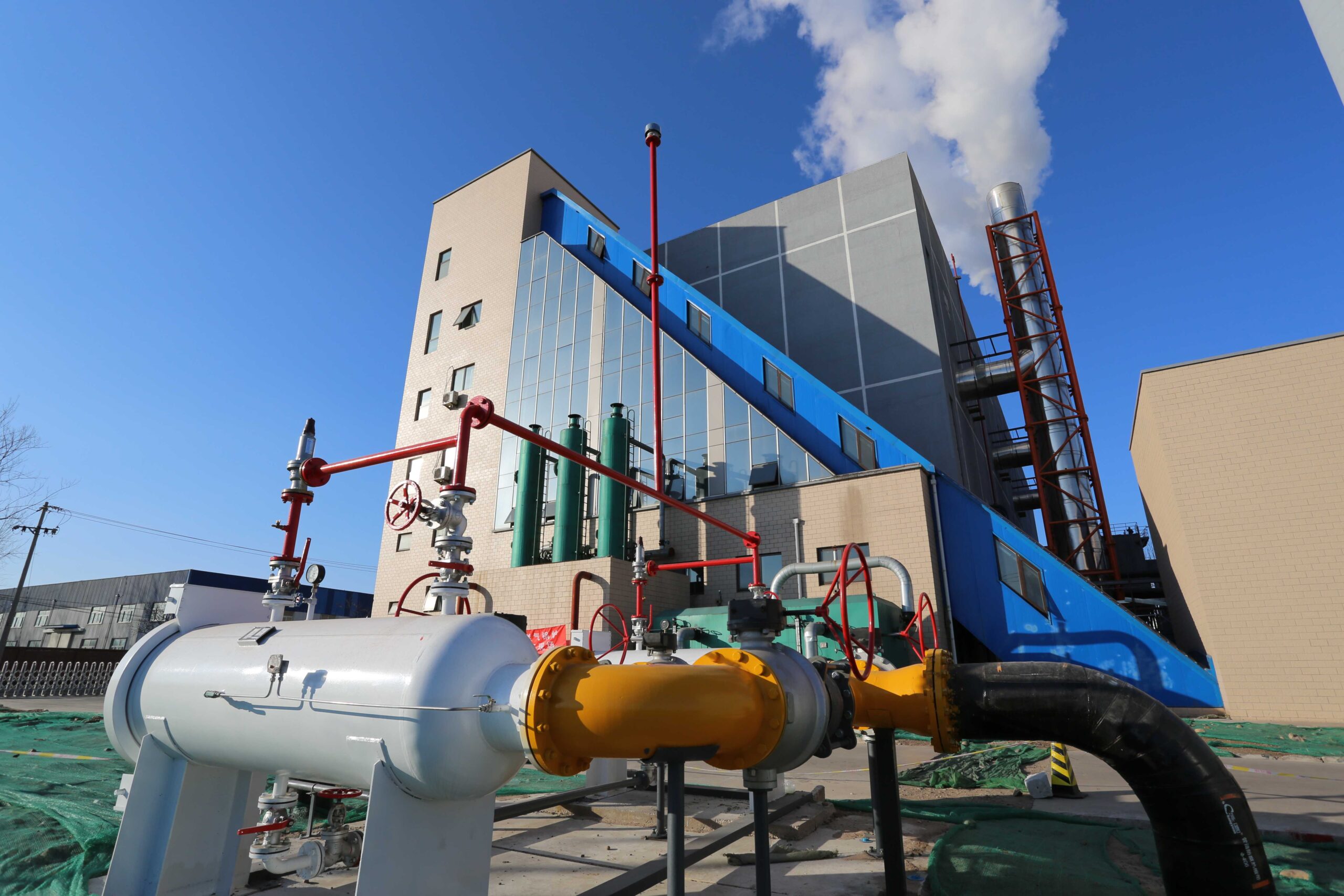
How Important Is Proper Sizing When Running Boilers 24/7?
When a boiler is expected to run around the clock, proper sizing becomes one of the most critical factors for efficiency, reliability, and longevity. An undersized boiler will constantly struggle to meet demand, while an oversized one wastes fuel, cycles excessively, and wears out faster.
In simple terms: A correctly sized boiler ensures that steam demand is met continuously without overloading the system or wasting energy.
🔹 Why Proper Sizing Matters for 24/7 Operation
| Issue | If Undersized | If Oversized | With Proper Sizing |
|---|---|---|---|
| Steam Supply | Frequent pressure drops, possible downtime | Short cycling, unstable pressure | Stable, continuous steam flow |
| Efficiency | High fuel consumption, low efficiency | Poor combustion, wasted heat | Optimal fuel-to-steam ratio |
| Equipment Wear | Constant overfiring, premature tube failure | Burner on/off cycling, stress on controls | Longer service life |
| Maintenance | More breakdowns and costly repairs | More frequent tune-ups | Reduced downtime & service costs |
🔹 Key Factors in Sizing a 24/7 Boiler
Peak and average steam loads – The boiler must handle peak demand without being excessively oversized.
Turndown ratio – A higher turndown burner (e.g., 8:1 or 10:1) adjusts better to load swings in continuous operation.
Future expansion – Consider expected growth, but avoid oversizing beyond practical use.
System losses – Include distribution losses, condensate return, and blowdown when calculating capacity.
✅ Bottom line:
For 24/7 operation, a right-sized boiler is the difference between smooth, efficient performance and costly inefficiencies. Facilities should always work with suppliers to calculate loads carefully and validate sizing with real operating data.
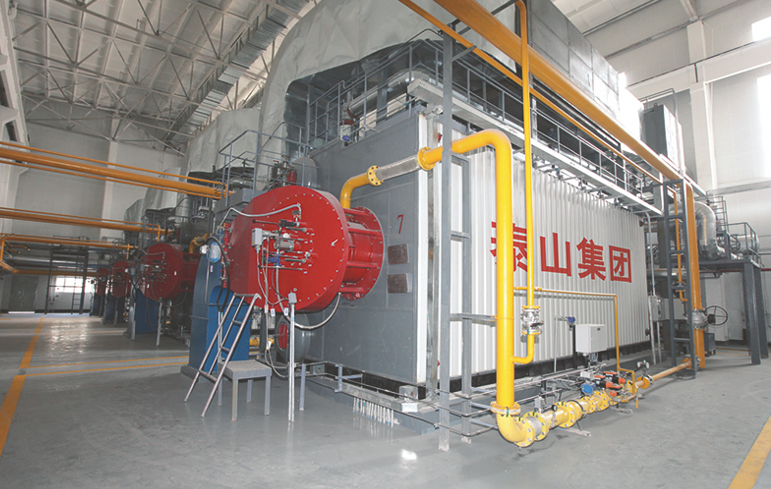
What Role Does Feedwater Treatment Play in Continuous Boiler Operation?
For boilers running 24/7, water quality is just as important as fuel supply. Even the best-designed boiler cannot operate continuously if scaling, corrosion, or carryover disrupt steam generation. That’s why feedwater treatment is considered a backbone of reliable, nonstop boiler performance.
In short: Feedwater treatment keeps impurities under control, protects internal surfaces, and ensures the boiler can produce clean, dry steam without interruption.
🔹 Why Feedwater Treatment Matters for Continuous Operation
| Problem Without Treatment | Impact on Continuous Operation | Feedwater Treatment Solution |
|---|---|---|
| Scaling (hardness deposits) | Blocks heat transfer, raises fuel use, risks tube failure | Water softening, demineralization, phosphate control |
| Corrosion (oxygen, low pH) | Tube leaks, pressure vessel damage, unscheduled shutdowns | Deaerators, oxygen scavengers, alkalinity control |
| Foaming & Carryover | Wet steam, equipment damage, unstable operation | Proper chemical dosing, blowdown control |
| High Dissolved Solids | Increased maintenance, frequent downtime | Continuous & intermittent blowdown systems |
🔹 Key Elements of a Good Feedwater Program
Pretreatment systems → softeners, reverse osmosis, or demineralizers to remove hardness and salts.
Deaeration → mechanical or chemical removal of oxygen and CO₂.
Chemical conditioning → scale inhibitors, oxygen scavengers, pH stabilizers.
Blowdown management → controlled removal of dissolved solids without wasting energy.
Monitoring & testing → daily checks for pH, conductivity, hardness, and oxygen.
✅ Bottom line:
For boilers that run continuously, feedwater treatment is what makes nonstop operation possible. It prevents breakdowns, reduces fuel waste, and extends equipment life, ensuring facilities can rely on stable steam production 24/7.

How Do Blowdown Practices and Monitoring Prevent Downtime?
Blowdown is one of the simplest but most powerful tools for keeping a boiler running without interruption. It involves removing a small portion of boiler water to control dissolved solids, sludge, and impurities. Without proper blowdown, deposits build up, leading to scale, corrosion, and unstable steam conditions — all of which cause unplanned downtime.
In short: Correct blowdown and continuous monitoring keep the boiler water clean, protect equipment, and ensure steady steam production.
🔹 How Blowdown Prevents Problems
| Issue Without Blowdown | Impact on Boiler Operation | Prevented by Blowdown |
|---|---|---|
| High dissolved solids | Foaming, carryover, wet steam, turbine/valve damage | Surface blowdown to control TDS |
| Sludge buildup | Tube overheating, scale formation, poor circulation | Bottom blowdown to remove sludge |
| Unstable chemistry | Corrosion, pH swings, safety valve lifting | Regular monitoring + chemical balance |
🔹 Best Practices for Reliability
Surface blowdown (continuous) → keeps dissolved solids under control.
Bottom blowdown (intermittent) → removes settled sludge and debris.
Monitoring tools → conductivity meters, TDS analyzers, and automated blowdown valves ensure precise control.
Routine testing → daily water tests confirm blowdown is keeping chemistry within safe limits.
✅ Bottom line:
Proper blowdown and monitoring protect against scale, carryover, and corrosion, which are the leading causes of boiler failures. By keeping water chemistry stable, facilities avoid unscheduled shutdowns and maintain continuous, reliable steam supply.
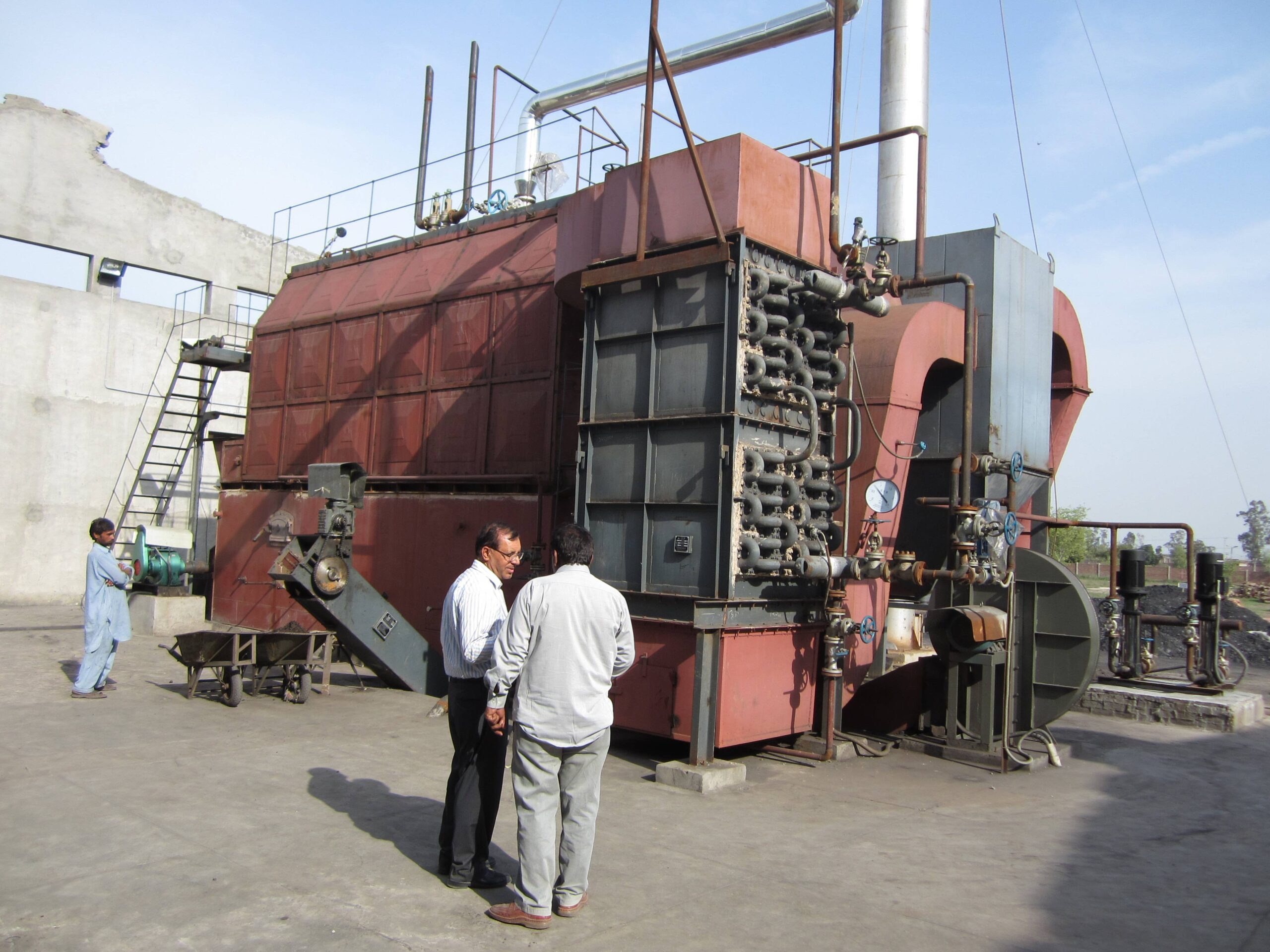
What Scheduled Maintenance Is Required Even During Continuous Operation?
Running a boiler 24/7 doesn’t mean skipping maintenance — it means carefully planning it so the system stays reliable without unexpected shutdowns. Scheduled tasks keep the boiler safe, efficient, and compliant, even under nonstop demand.
In short: Regular inspections, testing, and minor servicing are essential to prevent small issues from becoming costly downtime.
🔹 Key Maintenance Tasks During Continuous Operation
| Frequency | Tasks to Perform |
|---|---|
| Daily | Check water level, pressure, temperature, fuel supply, and log operating data. Test low-water cutoffs and safety controls. |
| Weekly | Blow down gauge glass and water column. Test flame safeguard and safety valves. Clean strainers and filters. |
| Monthly | Inspect burner flame pattern, adjust combustion if needed. Check feedwater pumps, chemical dosing systems, and blowdown controls. |
| Quarterly / Semi-Annual | Inspect boiler tubes (with shutdown windows), check refractory condition, calibrate instruments and pressure controls. |
| Annually | Full internal and external inspection, hydrostatic test (if required by code), overhaul burner and safety valves, verify code compliance. |
🔹 Why It Matters for 24/7 Operation
Prevents scale & corrosion → through routine water checks and blowdown.
Ensures safety → valves, gauges, and interlocks must be tested regularly.
Maximizes efficiency → combustion tuning and tube inspections reduce fuel waste.
Extends equipment life → catching small issues early prevents forced outages.
✅ Bottom line:
Even in continuous operation, scheduled maintenance is non-negotiable. By following a structured daily-to-annual plan, facilities ensure boilers run safely, efficiently, and without costly downtime.
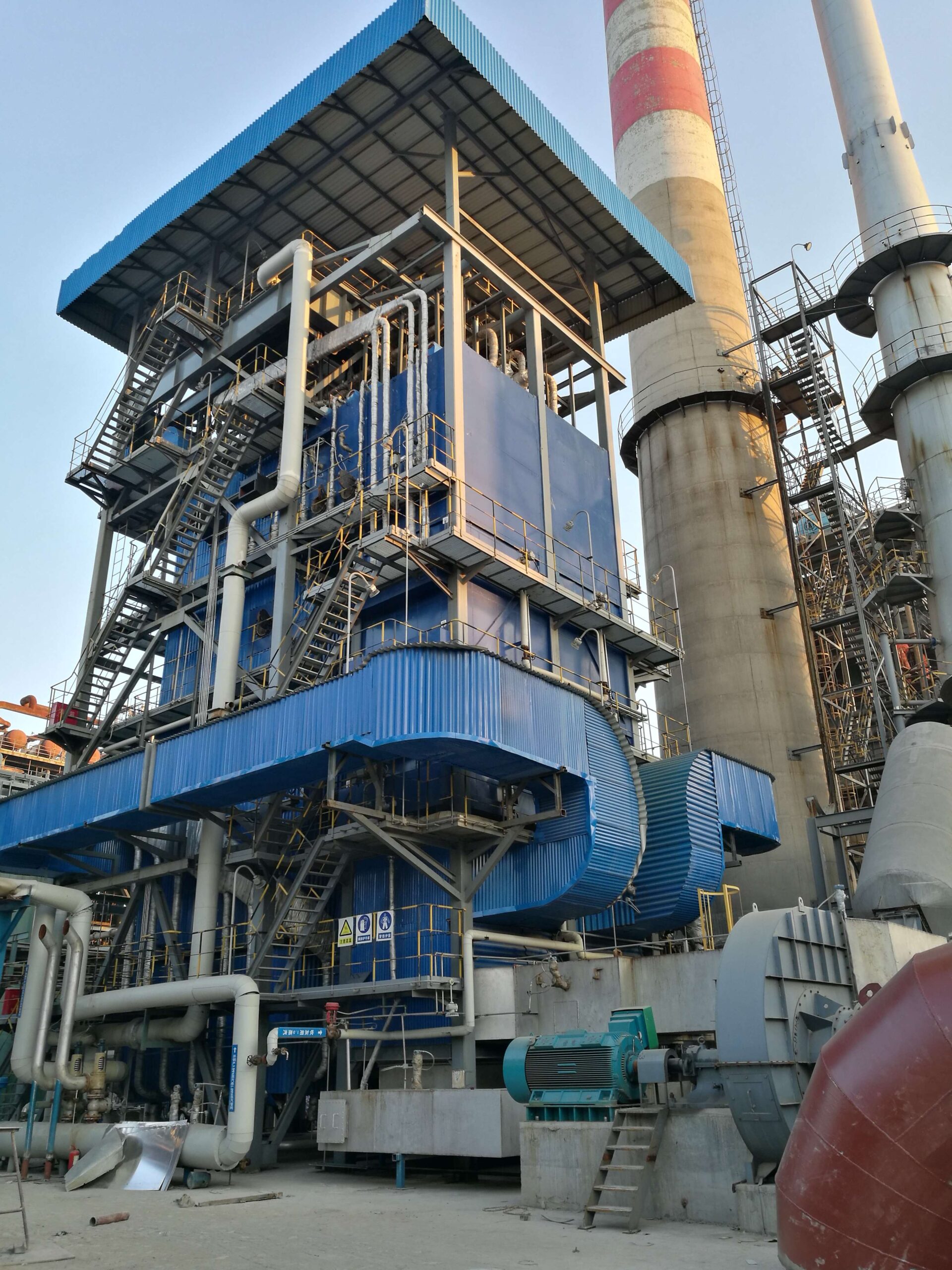
How Do Automation and Safety Systems Support 24/7 Reliability?
For boilers that must run nonstop, automation and safety systems are the backbone of reliability. They reduce human error, react faster than manual intervention, and keep the boiler operating safely and efficiently around the clock.
In short: Automation ensures stable performance, while safety systems prevent accidents and unplanned shutdowns.
🔹 Role of Automation in Continuous Operation
Real-time monitoring → sensors track pressure, temperature, fuel-air ratio, and water levels continuously.
Automatic adjustments → combustion control systems optimize fuel use and air supply for efficiency.
Remote access & alerts → operators can monitor and troubleshoot without being on-site.
Predictive maintenance → data analytics detect early signs of wear or imbalance before failures occur.
🔹 Role of Safety Systems in Reliability
Low-water cutoffs & level controls → prevent dry firing and tube damage.
Flame detection & burner management → shut down safely if flame failure occurs.
Pressure & temperature interlocks → stop operation before dangerous limits are reached.
Automatic shutdown sequences → protect the boiler and plant from catastrophic failure.
✅ Bottom line:
Automation provides efficiency and stability, while safety systems guarantee protection and compliance. Together, they make it possible for boilers to run 24/7 with minimal risk of downtime or accidents.
🔍 Conclusion
Industrial steam boilers can indeed operate 24/7 continuously when paired with correct design, water treatment, and proactive maintenance. With the right operational strategy, businesses achieve uninterrupted production, improved efficiency, and long service life.
📞 Contact Us
💡 Need a boiler system that can reliably run nonstop? We specialize in continuous-operation boiler design, water treatment integration, and lifecycle service support for industrial steam systems.
🔹 Contact us today for a consultation on continuous-operation boiler solutions. ⚙️🔥🏭✅
FAQ
Can industrial steam boilers run 24/7 continuously?
Yes. Most modern industrial steam boilers are designed for continuous 24/7 operation, especially in industries like power generation, petrochemicals, textiles, food processing, and pharmaceuticals. Their ability to run nonstop depends on proper sizing, fuel supply, water treatment, and preventive maintenance.
What factors affect continuous boiler operation?
Several key factors influence 24/7 performance:
Design type – Water-tube boilers are better suited for high-pressure, continuous operation than fire-tube boilers.
Fuel supply stability – Interruptions in oil, gas, coal, or biomass delivery can cause downtime.
Water quality – Poor treatment leads to scaling, corrosion, and reduced reliability.
Operator skill – Skilled operators monitor parameters and prevent failures.
Maintenance planning – Scheduled inspections and part replacements prevent breakdowns.
How do industries ensure reliable 24/7 boiler operation?
To keep boilers running continuously, companies implement:
Redundant systems – Backup boilers or dual-fuel burners.
Automated controls – Real-time monitoring of pressure, temperature, and load.
Water treatment systems – Reverse osmosis, softening, and chemical dosing.
Regular inspections – Checking burners, economizers, feedwater pumps, and safety valves.
Predictive maintenance – Using IoT sensors to detect faults before failures occur.
What are the risks of running a steam boiler continuously?
While continuous operation is possible, risks include:
Thermal stress – Long-term exposure to high pressure and temperature.
Scaling and fouling – Reduces heat transfer and efficiency.
Wear and tear – Pumps, burners, and valves face fatigue.
Safety hazards – If not properly monitored, risks of leaks or explosions increase.
Preventive maintenance and compliance with ASME and ISO standards mitigate these risks.
What maintenance schedule is recommended for 24/7 steam boilers?
Typical schedule includes:
Daily checks – Pressure, temperature, blowdown, water quality.
Weekly inspections – Burners, fuel supply, control system calibration.
Monthly checks – Tube cleaning, economizer inspection.
Annual overhaul – Full inspection, NDT testing, refractory replacement if required.
This ensures long-term safe and efficient operation.
References
ASME Boiler and Pressure Vessel Code – https://www.asme.org
U.S. Department of Energy – Industrial Boilers – https://www.energy.gov
Spirax Sarco – Boiler Operation Best Practices – https://www.spiraxsarco.com
Forbes Marshall – Continuous Boiler Operation Guide – https://www.forbesmarshall.com
Babcock & Wilcox – Boiler Reliability and Maintenance – https://www.babcock.com
Cleaver-Brooks – Boiler Maintenance and Operation – https://www.cleaverbrooks.com
National Board of Boiler Inspectors – Safety Guidelines – https://www.nationalboard.org
Engineering Toolbox – Steam Boiler Data – https://www.engineeringtoolbox.com
ResearchGate – Boiler Performance Analysis in Continuous Operation – https://www.researchgate.net
IEA – Industrial Steam Generation Trends – https://www.iea.org

